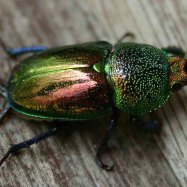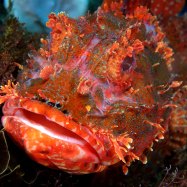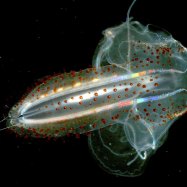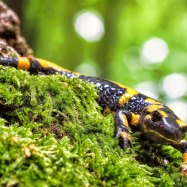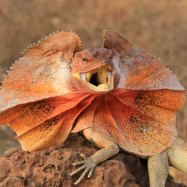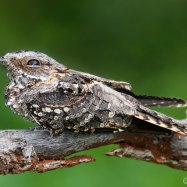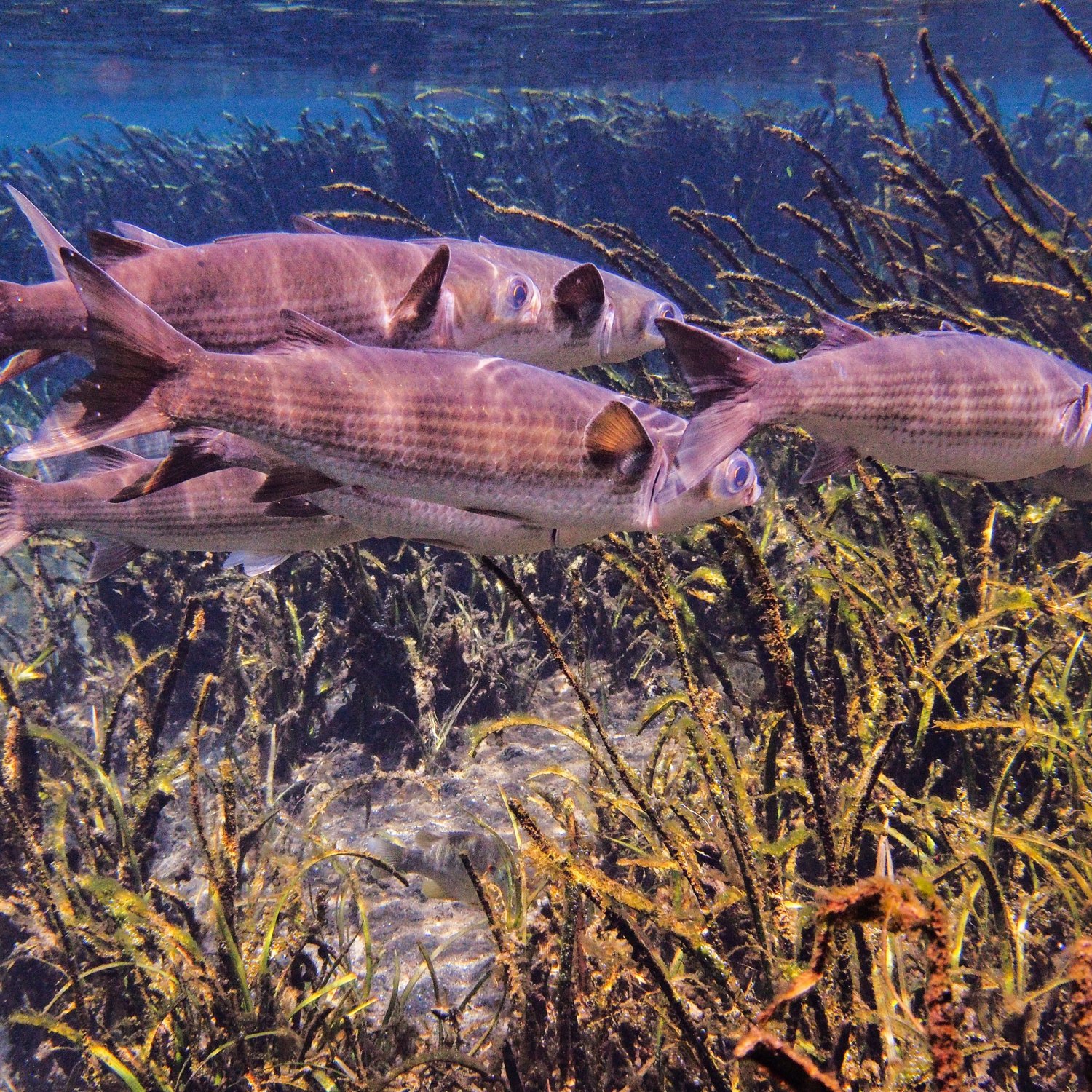
Mullet Fish
Average length of 30-90 cm
The Mullet Fish, known for its slender and elongated body, can be found in coastal areas worldwide. They belong to the Mugilidae family and can grow up to an average length of 30-90 cm. These popular game fish are known for their agility and are a favorite among fishermen. #MulletFish #CoastalAreas #SportFishing
Animal Details Summary:
Common Name: Mullet Fish
Kingdom: Animalia
Habitat: Coastal waters, estuaries, and lagoons
The Versatile Mullet Fish: An Unsung Hero in Coastal Waters
The ocean is a vast and mysterious world, full of creatures that continue to fascinate us. One such creature is the mullet fish, also known as Mugil cephalus in the scientific community. This often-overlooked fish belongs to the kingdom of Animalia, and its scientific name derives from the Latin word "mugil" which means "grey mullet" and "cephalus" which means "head."With its slender and elongated body and silver to dark gray coloration, the mullet fish may not stand out in the vastness of the ocean Mullet Fish. However, its unassuming appearance hides a remarkable and adaptive species that plays a crucial role in maintaining the balance of coastal waters worldwide.
From its unique feeding habits to its presence in different habitats, there's more to the mullet fish than meets the eye. In this article, we will dive deep into the world of the mullet fish and discover why it is a versatile and unsung hero in coastal waters.
The Habitat of Mullet Fish
The mullet fish is a species that is widely distributed in coastal waters worldwide. It can be found in a variety of habitats, including estuaries, lagoons, and coastal waters. It is a highly adaptable species, making it possible for them to thrive in both freshwater and saltwater environments.One notable trait of the mullet fish is its ability to tolerate low levels of salinity in the water. This allows them to live in areas where other species may not be able to survive. Mullet fish can also tolerate changes in temperature and water conditions, making them resilient in the face of environmental changes Mekong Giant Catfish.
Interestingly, mullet fish have also been found in the upper areas of some rivers, proving their adaptability to brackish water. They are also known to be able to withstand low oxygen levels, causing them to migrate to shallow waters during the summer months when the water temperature is higher.
Feeding Method of Mullet Fish
The mullet fish has a unique and versatile feeding habit. As a species, they are classified as herbivorous, meaning they primarily feed on plants. However, they are also opportunistic feeders, meaning they will eat whatever is available in their habitat.Mullet fish have a unique structure in their mouth called the pharyngeal pads, which helps them grind and crush their food. This structure allows them to feed on algae and other plants, making them essential in maintaining the balance of coastal ecosystems. They also feed on small crustaceans and detritus found in the water.
While mullet fish may not be the top predator in the ocean, they play a crucial role in the food chain. As they feed on plants and detritus, they help clean up and recycle nutrients in the water. They also serve as a food source for other species, contributing to the overall health and biodiversity of coastal waters.
Geographical Distribution of Mullet Fish
The mullet fish is found in coastal waters worldwide, making it a highly adaptable and widely distributed species. It is known to occur in the Atlantic, Pacific, and Indian oceans, including the Mediterranean Sea.In the US, mullet fish can be found along the Atlantic coast, from Massachusetts to Florida, and in the Gulf of Mexico. They are also found in the Caribbean and along the western coast of Central and South America.
The mullet fish also has a significant presence in Australia, where it is considered a commercial species. It is commonly caught in coastal areas, including estuaries and rivers. The demand for mullet fish in Australia has led to intensive breeding programs, which have helped maintain their population in the wild.
The Importance of Mullet Fish in Coastal Ecosystems
The mullet fish may not be as flashy as other marine species, but it plays a crucial role in maintaining the health and balance of coastal ecosystems. As a herbivorous species, they help prevent the overgrowth of algae in the water, which can be harmful to other marine plants and animals.Moreover, mullet fish are also known to help clean up and recycle nutrients in the water. As they feed on detritus, they contribute to the breakdown of organic matter, which helps return vital nutrients to the ecosystem. This process is essential in sustaining the food chain and supporting the growth of other marine species.
In addition, mullet fish serve as a food source for various predators, including larger fish, birds, and even humans. Their adaptable nature and widespread distribution make them an important source of income for coastal communities that rely on fishing for their livelihood. In some regions, mullet fish is also considered a delicacy, adding to its value and significance in coastal areas.
Threats to Mullet Fish Population
Recently, there has been an increase in the demand for mullet fish in different parts of the world. As a result, overfishing has become a considerable threat to their population.Illegal and unregulated fishing methods, such as using fine mesh nets, have also contributed to the decline in mullet fish populations. These nets often catch juvenile and undersized fish, preventing them from reaching reproductive age and causing a decrease in their numbers.
Another threat to mullet fish is the destruction of their natural habitats, such as estuaries and lagoons, due to human activities such as coastal development and pollution. As these habitats are essential in their life cycle, their destruction can have a significant impact on their population.
Conservation Efforts for Mullet Fish
The decline in mullet fish population has sparked the need for conservation efforts to preserve this versatile species. In some countries, there are stricter regulations in place to limit fishing and protect the mullet fish population. This includes implementing size limits for caught fish and banning certain fishing methods that harm the species.In addition, there have been efforts to educate local communities and raise awareness about the importance of conserving mullet fish. By educating people, there is hope that they will take part in protecting the species and its habitat.
There is also ongoing research and studies to better understand mullet fish and their life cycle, which can help inform effective conservation strategies. These efforts aim to maintain a healthy and sustainable mullet fish population in coastal waters.
The Mullet Fish: An Unsung Hero
In the vastness of the ocean, the mullet fish may not stand out, but it is a remarkable and essential species in coastal waters. From its versatility in habitats to its unique feeding habits, this fish plays a crucial role in sustaining the balance of marine ecosystems.Despite being a vital species, the mullet fish is often overlooked and undervalued. But with conservation efforts and awareness, we can recognize and appreciate the significance of this unsung hero in our coastal waters. Let us work together in protecting the mullet fish, so it can continue to thrive and contribute to the beauty and diversity of our oceans.

Mullet Fish
Animal Details Mullet Fish - Scientific Name: Mugil cephalus
- Category: Animals M
- Scientific Name: Mugil cephalus
- Common Name: Mullet Fish
- Kingdom: Animalia
- Phylum: Chordata
- Class: Actinopterygii
- Order: Mugiliformes
- Family: Mugilidae
- Habitat: Coastal waters, estuaries, and lagoons
- Feeding Method: Herbivorous, feeding on algae and detritus
- Geographical Distribution: Found in coastal waters worldwide
- Country of Origin: Unknown
- Location: Coastal areas
- Animal Coloration: Silver to dark gray
- Body Shape: Slender and elongated
- Length: Average length of 30-90 cm
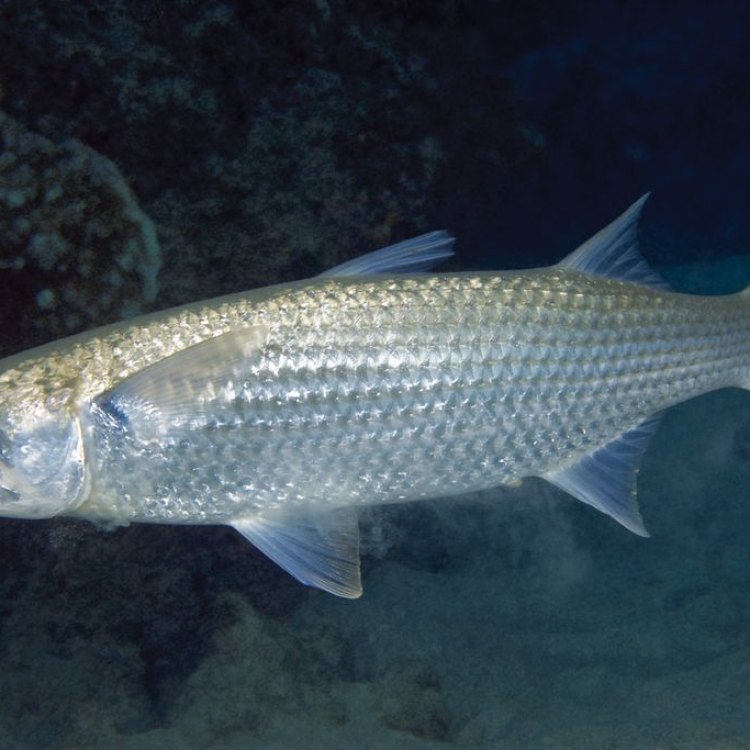
Mullet Fish
- Adult Size: Can grow up to 1 meter in length
- Average Lifespan: Up to 20 years
- Reproduction: Sexual
- Reproductive Behavior: Spawning in nearshore waters
- Sound or Call: Grunt-like sound during courtship
- Migration Pattern: Some populations migrate seasonally
- Social Groups: Often form schools
- Behavior: Active during the day
- Threats: Overfishing, habitat loss, pollution
- Conservation Status: Not evaluated
- Impact on Ecosystem: Important ecological role as herbivores
- Human Use: Commercial and subsistence fishing
- Distinctive Features: Prominent lateral line, forked tail
- Interesting Facts: Can tolerate a wide range of salinities
- Predator: Predator to smaller fish, crustaceans, and mollusks
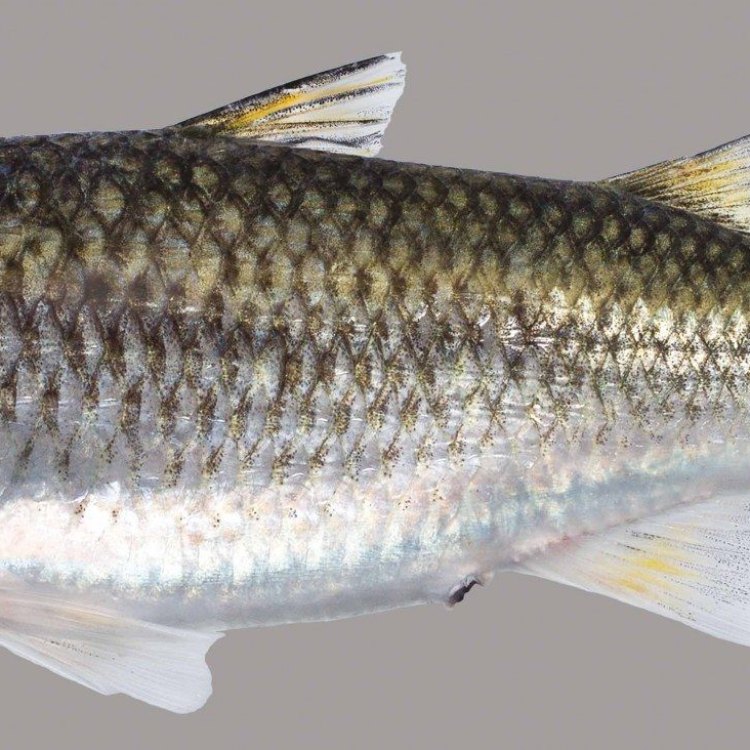
Mugil cephalus
The Versatile Mullet Fish: Beyond Its Fashionable Name
When we hear the word "mullet", images of a popular 80s hairstyle may come to mind. But did you know that the mullet fish, also known as Mugilidae, is a species of fish with unique features and behaviors? Found in oceans and estuaries around the world, this fish species has been a subject of fascination and a vital part of many ecosystems. In this article, we will delve deeper into the world of mullet fish and discover why they are more than just a trendy name.Mullet fish can grow up to a meter in length, making them one of the largest fish in their family PeaceOfAnimals.Com. However, the average size of an adult mullet fish is around 40-60 centimeters. They have elongated bodies with a prominent lateral line that runs along their sides. Their most distinctive feature is their forked tail, which helps them swim quickly in order to evade predators.
These fish are known to have a long lifespan, with some individuals living up to 20 years. They can be found in various habitats such as nearshore waters, estuaries, and even freshwater systems. This adaptability to different environments is one of the reasons why they have been able to thrive in many parts of the world.
Mullet fish have a unique reproductive behavior. They reproduce sexually, with females releasing their eggs into the water, where males fertilize them externally. This process is known as spawning and usually occurs in nearshore waters Milkfish. During courtship, male mullet fish produce a grunt-like sound to attract females. This sound is also used as a means of communication within schools, which are groups of mullet fish that typically stay together for protection and foraging purposes.
Some populations of mullet fish are known to migrate seasonally, depending on factors such as food availability and water temperature. However, not all populations exhibit this behavior. In fact, some mullet fish remain in the same area throughout their entire lives.
These fish are diurnal, meaning they are active during the day and are most active during high tide. They are known to spend most of their time foraging in shallow waters for small fish, crustaceans, and mollusks. Mullet fish are also important ecological players in their ecosystems as herbivores. They feed on algae and other aquatic plants, helping to keep these populations in balance.
Unfortunately, mullet fish face various threats due to human activities. Overfishing, habitat loss, and pollution are some of the main threats that are putting a strain on these fish populations. Commercial and subsistence fishing have significantly decreased their numbers in many areas, impacting their role in the ecosystem.
Despite their importance to the environment, mullet fish have not been evaluated for conservation status. This lack of evaluation and protection puts them at an even greater risk of depletion. It is crucial that we monitor and assess their populations in order to protect them and maintain a healthy balance in our oceans and estuaries.
Aside from their ecological significance, mullet fish also have a significant impact on humans. They are commercially fished for their meat, which is considered a delicacy in many countries. They also have subsistence value, providing a source of food for coastal communities. However, it is important to ensure that these fisheries are managed sustainably to prevent overexploitation and depletion of mullet fish populations.
In addition to their practical uses, mullet fish also hold cultural significance in various parts of the world. In many coastal communities, they are believed to bring good luck and are considered an important part of local traditions and folklore. In some cultures, they are even used as a symbol of fertility and abundance.
Interestingly, mullet fish have a unique ability to tolerate a wide range of salinity levels. This means that they can live in either freshwater or saltwater, making them highly adaptable to different environments. This special feature is called "osmoregulation", which allows them to maintain a balance of salt and water in their bodies.
Mullet fish may seem like just a simple fish species, but they are more than meets the eye. From their interesting reproductive behaviors to their crucial role in ecosystems, these fish play an important role in our world. As we continue to face threats to their populations, it is essential that we work towards their conservation and sustainable management. So, the next time you hear the word mullet, think beyond the hairstyle and remember the vital role that these fish play in our oceans.

The Versatile Mullet Fish: An Unsung Hero in Coastal Waters
Disclaimer: The content provided is for informational purposes only. We cannot guarantee the accuracy of the information on this page 100%. All information provided here may change without prior notice.

